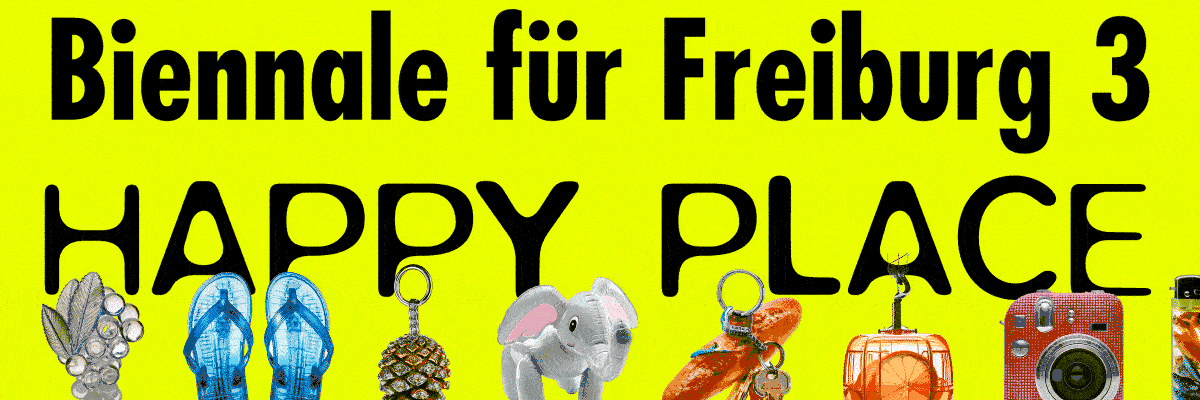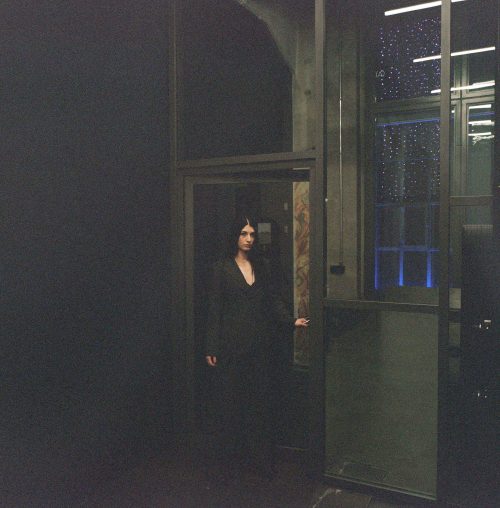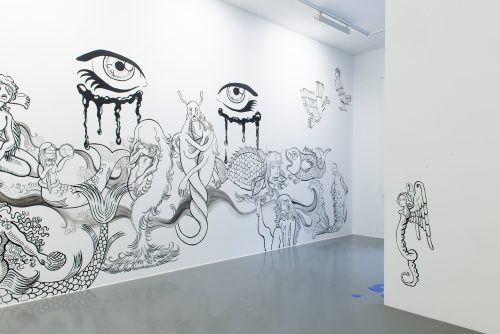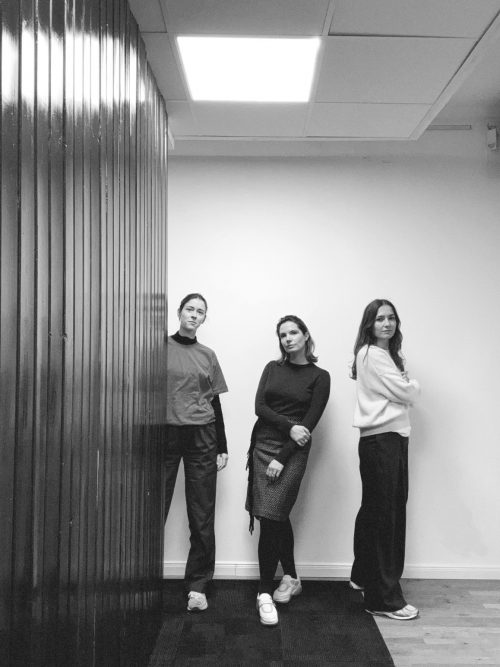
Markus Liehr
Made in Italy
Project Info
- 💙 BSMNT Gallery
- 💚 Lukas Mueller
- 🖤 Markus Liehr
- 💜 Stefano Ferlito
- 💛 Marian luft
Share on

Exhibition view
Advertisement

Exhibition view

Super good, 150 x 200 cm, Acrylic on canvas, 2023

Page not found, 43 x 35 cm, Acrylic on canvas, 2023

Exibition view

Diptychon: "Mean walk on moon, 135 x 83 cm, Acrylic on canvas, 2023/ "Balance", 105 x 75 cm, Acrylic on canvas, 2022

Exhibition view

Exibition view

Blue leather couch, 135 x 100 cm, Acrylic on canvas, 2022

Pronto, 145 x 200 cm, Acrylic and crayon on canvas, 2023

Diner room, 125 x 83 cm, Crayon on canvas, 2022

Exhibition view

Stilllife 1, 150 x 120 cm, Acrylic on canvas, 2020

3 Bags, 50 x 80cm, Acrylic on canvas, 2023
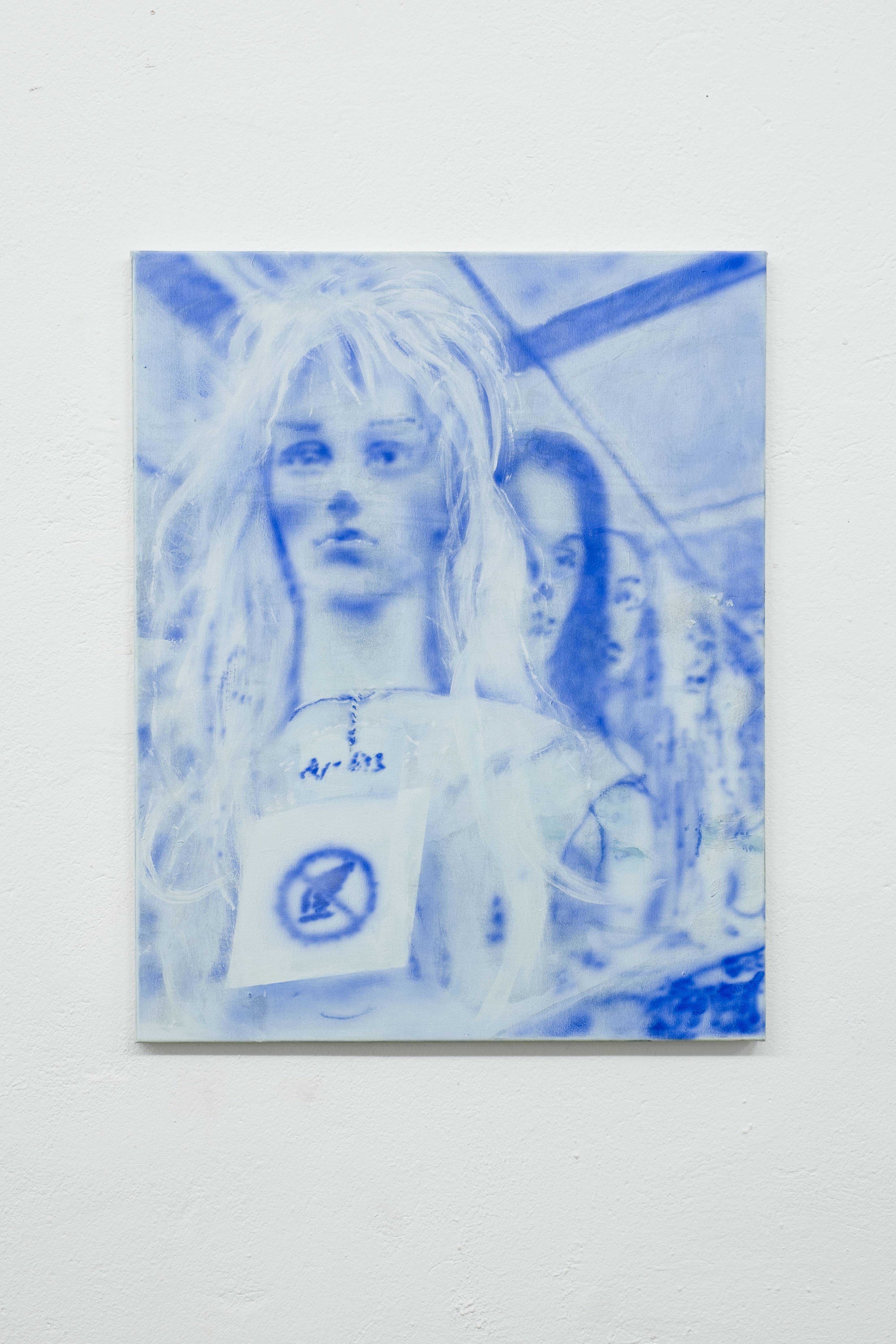
Wigs, 75 x 80 cm, Acrylic on canvas, 2023

Stilllife 2, 130 x 110 cm, Acrylic on canvas, 2022
Markus Liehr's current works are based on a project that began in 2020. The artist endeavors to comprehend, transform, and incorporate the traditions of his homeland as well as those of distant places he travels to into the artistic process. He takes a fresh look at ancient cultures, striving to convey them in his works "from one place to another." The focus lies in translating reality using personal gestures, making apolitical statements, and transcending the notions of true or false.
The artworks mirror the process where traditional craftsmanship is transformed into "low-cost" and reaches its peak in the mass production of counterfeits.
Since the 11th century, there has been a history of traditional forgery of artworks, beginning with the plagiarized artifacts of the Ming Dynasty. The concept of an "original" now takes on an entirely new meaning, or rather, loses all significance. Everything is available in the market. Recognizable brand logos are recontextualized or given a new aesthetic level through incorrect spelling as T-shirt prints.
The series "Made in Italy" focuses on the theme of originality and forgery. What is our understanding of fashion in our consumer society, which grows increasingly complex and faster through online commerce?
Who of us thinks primarily about sustainability, exploitation, worker safety, CO2, etc., when buying a T-shirt? It's a competition between fashion conglomerates and the production sites of cheap goods that emulate them.
"Made in Italy" certifies a product with a promise of 100% authenticity. It stands for quality, sustainability, value, and its Italian origin. This certification is only granted after thorough examination and verification.
In Prato, a city in Tuscany, Italy, thousands of Chinese people live and work in so-called "sweatshops" in cramped spaces under inhumane conditions for meager wages.
There, cheap clothing for the current fashion season is produced on a large scale at record speed. The annual turnover amounts to two billion euros, with an estimated half of it being illegally distributed. The label "Made in Italy" is technically accurate, but it's a Chinese label representing poor working conditions and low quality. The Chinese workers toil for up to 18 hours a day, seven days a week, for over three years to pay off the 10,000 euros to their smugglers. The Italian government is powerless against the conditions in Prato since the production machine is too powerful to counter, and simultaneously, they do not wish to jeopardize relations with China.
Prato is somewhat of a Chinese financial center where up to a million clothing items can be sewn per day. These items are then distributed worldwide through various online platforms. One can buy everything online, from clothing to car interiors, bedroom furnishings, and even intimate jewelry. There's simply everything available at "no cost," imitating major fashion labels like Chanel, Versace, and others in their unique and creative ways, always in line with the latest trend.
The "Pantone Color Institute" releases a color every year that dictates the fashion season. In 2020, it was the color "Classic Blue," fitting for the COVID-19 pandemic. For Liehr, it became the idea to only paint blue images until the end of the pandemic.
Stefano Ferlito
